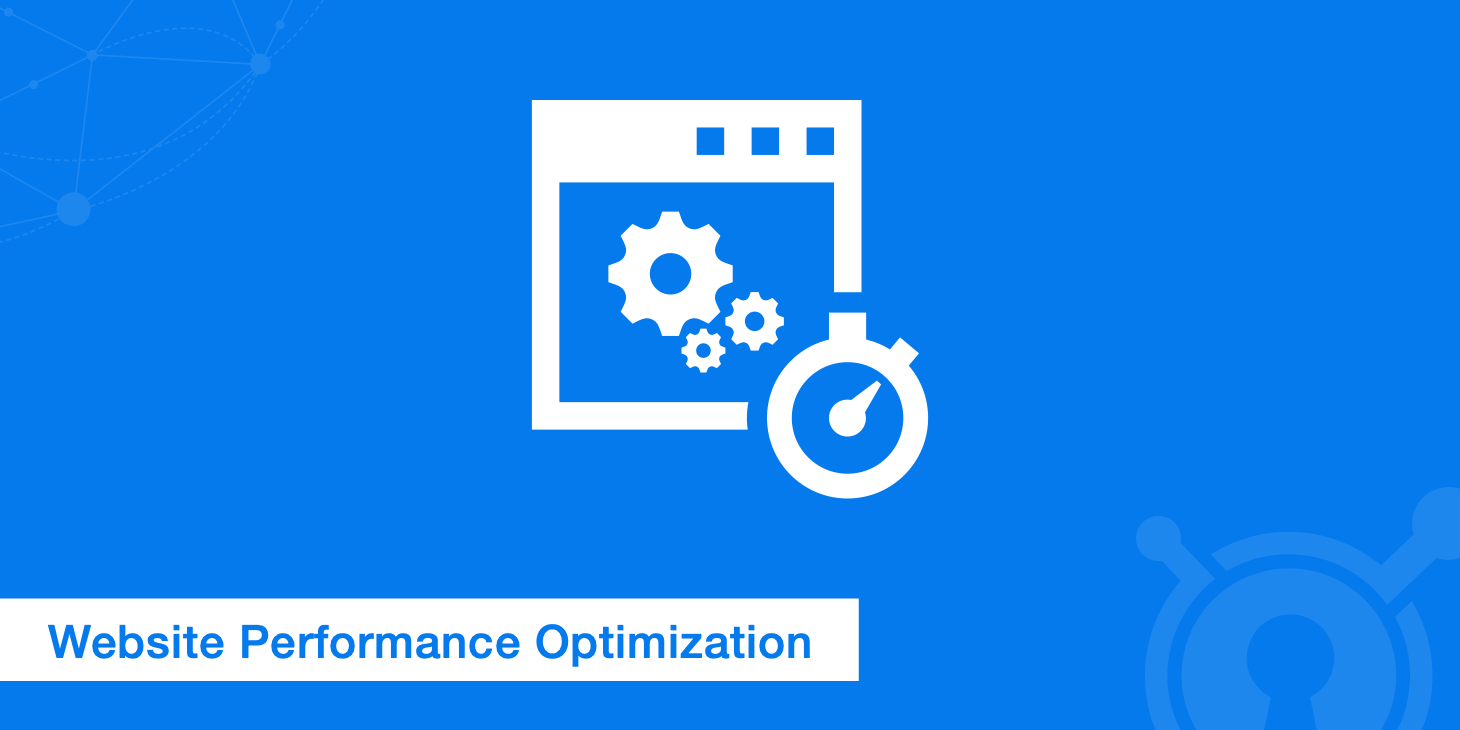Blitz News Digest
Stay updated with the latest trends and insights.
Boost Your Site Speed and Supercharge User Experience
Discover proven tips to turbocharge your site speed and elevate user experience. Transform your website today for maximum impact!
Top 10 Strategies to Boost Your Site Speed
In today's digital landscape, site speed plays a crucial role in user experience and search engine ranking. To ensure your website performs at its best, consider implementing the following strategies:
- Optimize Images: Compress images to reduce their file size without sacrificing quality.
- Leverage Browser Caching: Use caching to store frequently accessed resources, reducing load times for returning visitors.
- Minimize HTTP Requests: Simplify your site by combining CSS and JavaScript files, which can significantly decrease the number of requests.
- Use a Content Delivery Network (CDN): Distribute your content across multiple servers to decrease latency and improve load times for users around the globe.
Additionally, you should consider the following enhancements to further boost your site speed:
- Enable Compression: Use Gzip compression to reduce the size of your HTML, CSS, and JavaScript files.
- Reduce Server Response Times: Optimize your web hosting by choosing a reliable provider and monitoring performance.
- Prioritize Above-the-Fold Content: Load essential elements first to enhance perceived performance.
- Utilize Asynchronous Loading: Load non-critical resources asynchronously to avoid blocking the rendering of the page.
- Regularly Audit Your Website: Use tools like Google PageSpeed Insights to measure and improve your site speed.

How Site Speed Impacts User Experience and SEO
Site speed plays a crucial role in both user experience and SEO. A fast-loading website enhances user satisfaction, as visitors expect pages to load quickly. Studies have shown that a delay of just a few seconds can lead to increased bounce rates, where users leave the site before it even fully loads. When users are frustrated by slow page speeds, they are less likely to engage with the content, navigate through the site, or make a purchase, highlighting the direct impact of speed on user retention and conversion rates.
From an SEO perspective, search engines like Google consider site speed as one of the ranking factors. A faster site can lead to better rankings and increased visibility in search engine results pages (SERPs). Moreover, with the rise of mobile browsing, optimizing speed is even more critical; Google has even introduced the Core Web Vitals, which include metrics specifically measuring loading performance and interactivity. Therefore, investing in strategies to improve site speed is not just about enhancing user experience, but also about achieving better SEO outcomes.
Is Your Website Slow? Common Causes and Effective Solutions
Is your website slow? A sluggish website not only frustrates users but also negatively impacts your SEO rankings. Common causes of a slow website include large image files, excessive HTTP requests, and unoptimized code. Large images can significantly increase loading times if they are not properly compressed. Additionally, each element on a web page, from stylesheets to scripts, contributes to the overall loading time. If your site has too many of these elements, it can lead to a bottleneck effect, slowing down the entire site.
Fortunately, there are effective solutions to these common problems. First, optimize your images using formats like JPEG for photos and PNG for graphics with fewer than 16 colors. Second, consider reducing the number of plugins you use and streamline your HTTP requests by combining CSS and JavaScript files. Lastly, utilize content delivery networks (CDNs) to cache your content geographically closer to your users, thus improving loading speeds across different locations. Implementing these strategies can significantly enhance your website performance and user experience.